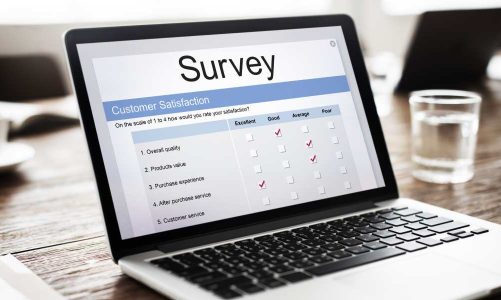Nowadays we hear of nothing but industry 4.0. The term refers to the evolution of the manufacturing system which, thanks to new technologies, has been able to reconcile past and future, emphasizing economic growth.
We refer in particular to the use of management software, a tool that, more than any other, has allowed the manufacturing sector to carry on the revolution that began during the eighties and which continues today.
Table of Contents
Manufacturing Sector Management: The Evolution Of Business Processes
Specifically, for companies operating in this sector, it was necessary to have management software capable of administering and optimizing business processes related to the production and management of tasks, employees, warehouse, logistics, and finance. Since the early eighties, it was quite known that to change the growth perspective it was necessary to take manufacturing to another level by making use of new technologies.
To improve the competitiveness of a company considered “traditional”, therefore, IT innovation was an essential and crucial step. Not surprisingly, the realities that first welcomed certain changes in the way of working are those that remain the most competitive.
In a country like ours, therefore, management software, in this case, the manufacturing sector management, remains one of the most suitable tools for integrating the tradition of certain production processes with the future of the market economy.
From The 1980s To The Completion Of The Digital Transition
We went very quickly from industrial manufacturing sites without desks and PCs to efficient and organized realities, capable of managing all company branches in a single supporting software. This made it possible to intervene and optimize costs and revenues by speeding up internal and external communications. Furthermore, the software has made it possible to minimize human error and the consequent slowdowns that this entails, protecting companies from business risk.
The nineties were the ones that most of all laid the foundations to start managing an increasingly large and complex amount of information, paving the way for the new millennium that has definitively consecrated technology to the service of progress. In such a competitive and global market, therefore, the entrepreneurs most sensitive to progress have glimpsed the advantages of using a management system for companies.
The Centrality Of Data For Business Success
In the meantime, those who had founded the companies during the boom of the eighties and nineties gave way to the generations that followed and these were certainly more willing to listen to the proposals of innovation. After all, it is one thing to learn how to use new technological tools after having spent a lifetime filling spreadsheets by hand and one thing is to be born and raised with these tools.
This is why our country boasts highly respected manufacturing companies that could have even more remarkable results if digital barriers were definitively swept away.
Finally, there is the question of data management and storage, a capital that has gradually become increasingly important among the resources a company has at its disposal. Even those operating in the manufacturing sector manage data and, for this reason, the management software is the only plausible solution capable of shortening costs and management times in a single large and powerful tool.
At the same time, technology has made certain company software intuitive, that is, usable even by those who are not familiar with everything that refers to the computer world. The user interfaces are designed to guide the inexperienced user in a simple way and, therefore, the change has come almost on tiptoe but in a very decisive way.
Manufacturing Sector Management: Data Predict Risks And Reduce Costs
Nowadays knowing how to manage and store data is what contributes to the success of a commercial entity, be it manufacturing or another sector. Producing and administering data is useful for any business activity, from accounting to warehouse and resource management. ERP management software, systems designed to plan production, predict critical issues in advance, and optimize costs net of earnings, are placed in this area. Once the manufacturing company converts to this new way of managing it will be impossible to go back.
The reasons? Simple. The ERP stands for Enterprise Resource Planning are in degrees to provide an in-depth view, accurate and instantaneous production. When something crashes or causes imbalances, the system can identify, through data storage, the origin of the problem and the consequent solution.
Take for example logistics, one of the crucial activities for the manufacturing sector. How can an ERP or management system help management improve returns? The software can communicate with each company branch and take advantage of route planning to understand when and how to complete transport. It also tracks a cost history so that the expense manager can determine the budgets to be allocated to this branch.
The Internet Of Everything
With the Internet of Everything, therefore, we refer to the solutions signed IoT which, through the connection between several subjects, allows you to view, manage and remotely control the performance of any activity. This has allowed the most intuitive entrepreneurs to be able to count on strategic analyzes in real-time and to predict in advance how to react even to unexpected events.
IoT technologies make it possible to unify the past, present, and future of manufacturing companies (and not only) in a single Cloud, bringing them to a new level of competitiveness and corporate awareness.
In the immediate future, companies in the manufacturing sector will therefore have to be ready to manage data and the market through the technology of management systems and ERPs, with a nod to sustainability and the circular economy. Only in this way is it possible to hope for a bright future and successful competitiveness also on the markets beyond the border.



